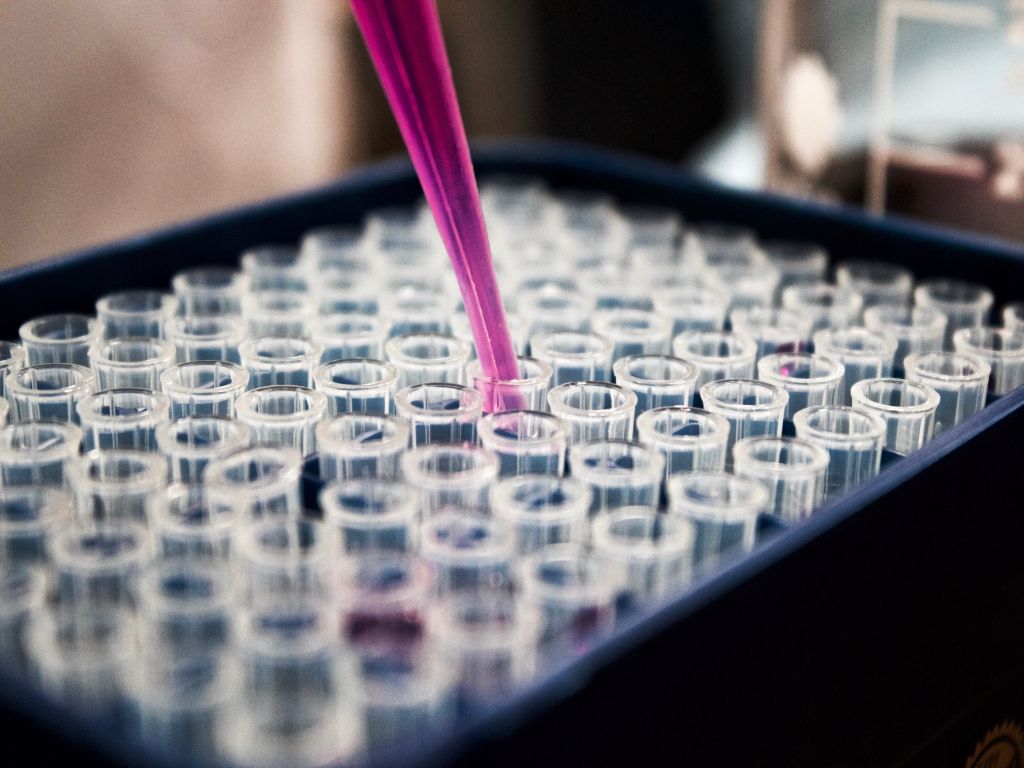Research sample is a statistical concept - so what does it do in a marketing guide? It turns out that thanks to it you can also better plan your campaign and get to know your customers.
Below you will find out:
- What is a research sample?
- Methods and types of research sample
- What to consider when selecting a sample?
- Opinion research and more
- Problems selecting the research sample
Market research is one of the most effective tools in a marketer's job. It also helps company owners at every stage of planning or running a business. We have already written how they differ quantitative and qualitative research. And what is a research sample and how to choose it to your business needs?
What is a research sample?
The research sample is a small part of the set that is representative of the entire total. "We call a population any group of objects we are interested in - most often people who are examined for something (but not only), but a sample is a part of the population we are testing", writes Tomasz Zieliński in his book "How to love statistics, or STATISTICA to the pillow". It is most often used in opinion polls, but it is not its only application.
If you are involved in production, a research trial will allow you to do a quality test without the need to check, for example, thousands of batches or products. This way, you can research customer feedback and preferences, delivery quality and many other factors. The success of the research will depend on the adopted assumptions as well as the research methodology.

Methods and types of research sample
To help you get meaningful results, first establish your target audience. The research sample may be defined broadly (Poles) or very precisely (mothers of young children from towns of less than 50,000 inhabitants with net incomes of PLN 3,000 per hand from eastern Poland). Then choose a sample size. Remember that the smaller it is, the less reliable the results will be. Also specify the sampling method. There are several to choose from, and each is applicable in specific situations. It can be simple random, stratified random, team random, systematic random, purposeful, random or quota selection.
Get to know your customers better and increase your sales.
Check what tools we recommend you.
There are also even more specific ways to select a sample. For example, when the group is narrow and difficult to reach, the research sample can be command-based. In this way, you can collect, for example, information from the leading professors in a given field, members of the organization, owners of dogs of a given species, etc.
What to consider when selecting a sample?
If the research sample has been selected correctly, it is possible to estimate the error rate and determine the accuracy of the estimates. Such an attempt may contribute to detailed analyzes - such as a marketing audit or a business plan. Conducting such tests is generally more expensive because it requires knowledge and controlled conditions.
The second selection method are non-random techniques. The research group is selected according to any criteria or "at random", without keeping any rules. The error rate and accuracy cannot be determined in this way. The biggest plus is the ease and availability of this method. For example, if you want to control the quality of your goods, the research sample may include those taken from randomly selected batches. You risk choosing a party that will not represent the whole as a result of an accident.

In short - they exist random and non-random methods of selecting the research sample. Correctly selected on a random basis, it should:
- be based on a population that only contains its elements (e.g. all Warsaw residents as they are, not the image of a Warsaw resident, someone who is just about to move, etc.)
- take into account all units of a given population (e.g. poor and rich, living far and near - and not just those who are easiest to reach)
- each unit should have an equal chance of being included in the sample (therefore, if it is random, it cannot be a survey that is only completed by volunteers).
- The sampling is final - the results cannot be changed (e.g. if they do not match the assumptions).
Opinion research and more
Selecting a group of people or representative places may be useful for mysterious shopper research. It is difficult, for example, to check all the restaurants of the chain and try each of the dishes. However, you can visit selected, e.g. one from each city and order the most representative dishes for each category, in order to quickly form basic conclusions. It is worth using the research sample as a support for creating websites and new products. You cannot know what all users think about your store or portal. However, if the vast majority of a group of 1,000 people expresses a positive opinion, you can assume that it will be the same with a larger group of people.
The simplest opinion poll is a face-to-face interview, for example with passers-by. You can gather valuable information in just a few hours. The research sample can be selected in terms of location - e.g. in the morning, near the kindergarten, parents of young children can be easily found. In other circumstances, gathering such a representative group would be more difficult and would be associated with errors, because the study would involve, for example, many childless people, parents of teenagers, etc.

Problems selecting the research sample
It is good if the research sample is selected by an independent and impartial person. A very common mistake is to subconsciously select people from among favorable or kind (favorite clients, subordinates, etc.). The boss then receives a set of very positive opinions, which may be contrary to what most customers think. Therefore, the research sample must not be put under pressure. Imagine a musician who asks random people what they think about his composition. Many people out of compassion or politeness will express a positive opinion, even if they do not think so at all. The same happens when market research before the product or service is launched is limited to close friends and relatives.
The second most common problem is the lack of initial assumptions about the methodology and purpose. The research sample will then consist of completely random people or, on the contrary, a narrow, unrepresentative group. For example, if you're planning to launch a niche premium product for advanced users, you don't need the "average Smith" opinion. And vice versa - if marketing communication channelsare too niche, you get an unrepresentative group that will give an unreliable result.
How to check what your customers expect? contact us, take advantage of Commplace expert tips and enjoy the growth of your sales bars.

